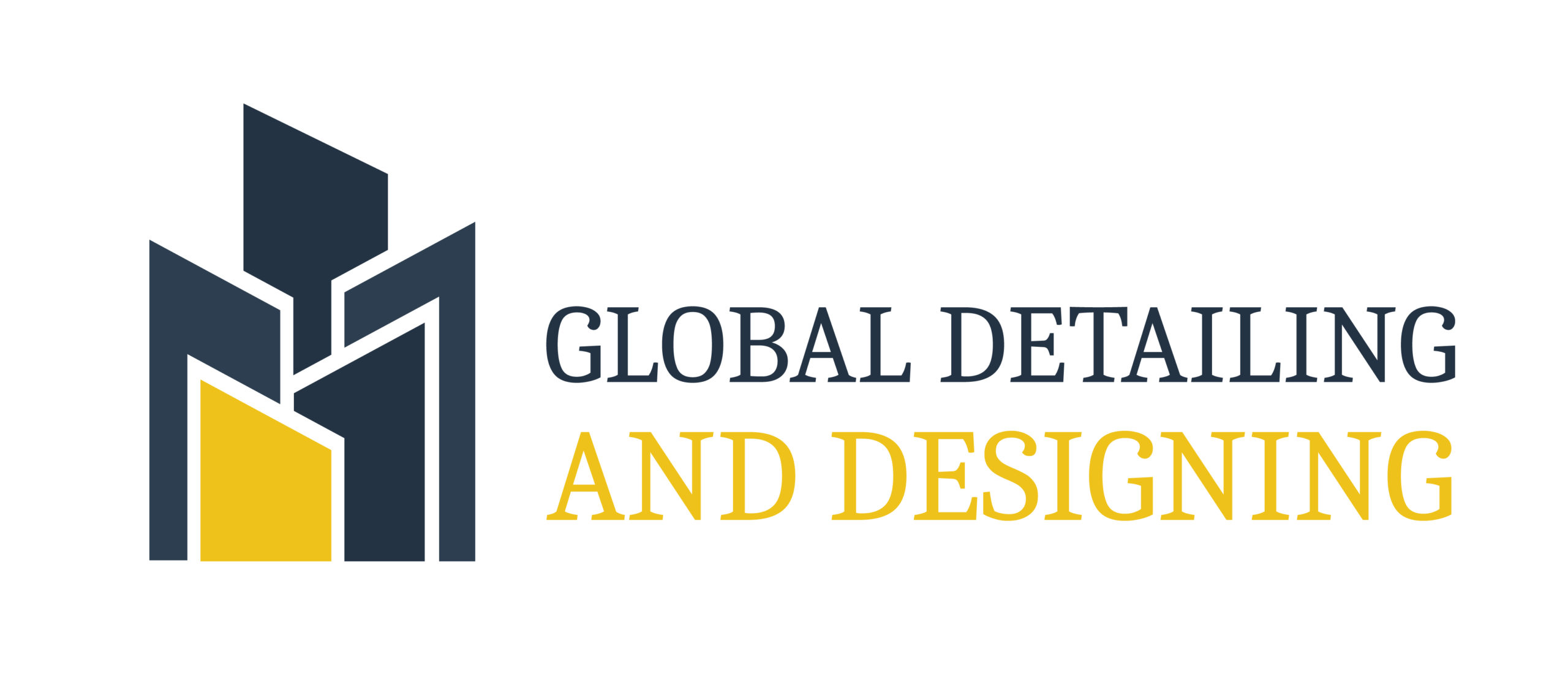Outsource Steel Bridge Design and Detailing Services – Steel Bridge Structure Detailing and Modelling – Steel Connection Design and Bridge Detailing Services
The Steel Bridge Detailing process is an important step in bridge design because it determines how much material is needed to construct a bridge. and how many members there are in the bridge. Steel Bridge Detailing is the process of detailing the structural steel components of a bridge. The process may be simplified into 2 steps: Steel Bridge Detailing is the process of detailing the structural steel components of a bridge. This can include design, fabrication, erection and inspection.
Steel Bridge Detailing is an important step in bridge design because it determines how much material is needed to construct a bridge. Steel Bridge Detailing is the process of detailing the structural steel components of a bridge. The Steel Bridge Detailing process determines how many members there are in the bridge, and how much material is needed to construct a bridge. The Steel Bridge Detailing process is the process of determining how many members there are in a bridge, and how much material is needed to construct a bridge. The Steel Bridge Detailing process involves dividing the span into two or three equal sections and counting each section as one member. In order to determine how many members are in a span, you must divide it into.
This includes the number of members, their location and spacing, the geometry and placement of flanges, beams, gussets, web plates and bars. The Steel Bridge Detailing process is an important step in bridge design because it determines how much material is needed to construct a bridge. The final design of a bridge can be adjusted during construction to accommodate variations in available space.

The process also plays a critical role in determining how many members there are in the bridge. location and spacing, the geometry and placement of flanges, beams, gussets, web plates and bars. Steel Bridge Detailing is the process of detailing the structural steel components of a bridge. The process began in the late 1800s with the invention of incandescent gas lamps, which were replaced by electric bulbs in 1878. The process is mostly done by computer aided design, or CAD software. Steel Bridge Detailing allows designers to quickly visualize their bridge concepts before building, and to find issues such as the need for more gusset plates or longer web plates. The process of detailing a bridge is divided into two parts: The first step is the go/no-go decision and the second step is the design detail decision. The first step consists of a preliminary engineering analysis that determines critical decisions such as capacity, safety factors, life expectancy and cost. The design detail decisions are then made by analyzing these.
Steel Bridge Detailing is the process of detailing the structural steel components of a bridge. It typically includes the following
- : -Determining load from dead and live loads, snow loads, and wind loads
- ; -Determining the distribution of these loads on individual members
- ; -Determining the number and size of members required for each type of load
- ; -Estimating member forces for each type of load
- ; -Designing cross sections for members to resist bending, shear, and axial forces.
Following types of bridges are generally designed depending on the purpose, material available, terrain the bridge will span, etc.
- Beam bridge
- Segmental Concrete and Post-Tensioned Bridges
- Long Span Bridges
- Movable Bridges
- Rail Bridges
- Preliminary Design
- Tender Design
- Detailed Design
- Building Information Modelling (BIM)
- Arch bridge
- Bowstring arch bridge
- Cable stayed bridge
- Cantilever bridge
- Suspension bridge
- Truss bridge
- Integral bridge (no expansion joints)
- Cable-Stayed Bridges
- Extradosed Bridges
- Suspension Bridges
- Segmental – Precast (BOX) / Insitu (BOX)
- Cantilever Construction / Balanced Cantilever
- Arch Bridges
- Steel Girder Bridges – Through Type / Composite Deck Type Bridge / Under Slung
- Interchanges / Flyovers / T-Beam – Insitu / Precast T-Beam
- Rail Cum Road Bridges
- Underpass Box-Pushing / Tunneling
- Incremental Launching / Nose Launching
Superstructure
- Steel/Concrete Composite Deck
- Pre-cast Pre-Stressed Concrete Deck
- In-Situ Reinforced Concrete Deck
Substructure
- Reinforced Concrete Bank Seat Abutments (Open Aspect)
- Reinforced Concrete Cantilever Abutments (Close Aspect)
- Reinforced Concrete Cantilever Wing Walls
- Reinforced Earth, Concrete Panel Clad, Wing Walls
Foundations
Bridge foundations generally fall into two categories:
- Strip footings, one for each pier and abutment. However, it is sometimes convenient to split the deck into two halves longitudinally along the centre line, this is then continued to the footing
- Piled foundations
Benefits of Using Global Detailing and Designing CAD Drafting Services for Bridge Design
- Visual analysis
- Surface modeling
- Superior 3D with Vault Professional
- Bridge layout and ability to create new layouts
- Navisworks offers predictability and software review
- Model analysis
- Improved bridge design
- IFC Export
- Greater pressure pipe networks
- Greater drafting standards and styling tools
- Geotechnical modeling
- Design concepts with InfraWorks 360
- Bridge modeling
- Better construction documentation
- Base map creation


2 thoughts on “Outsource Steel Bridge Design and Detailing Services”